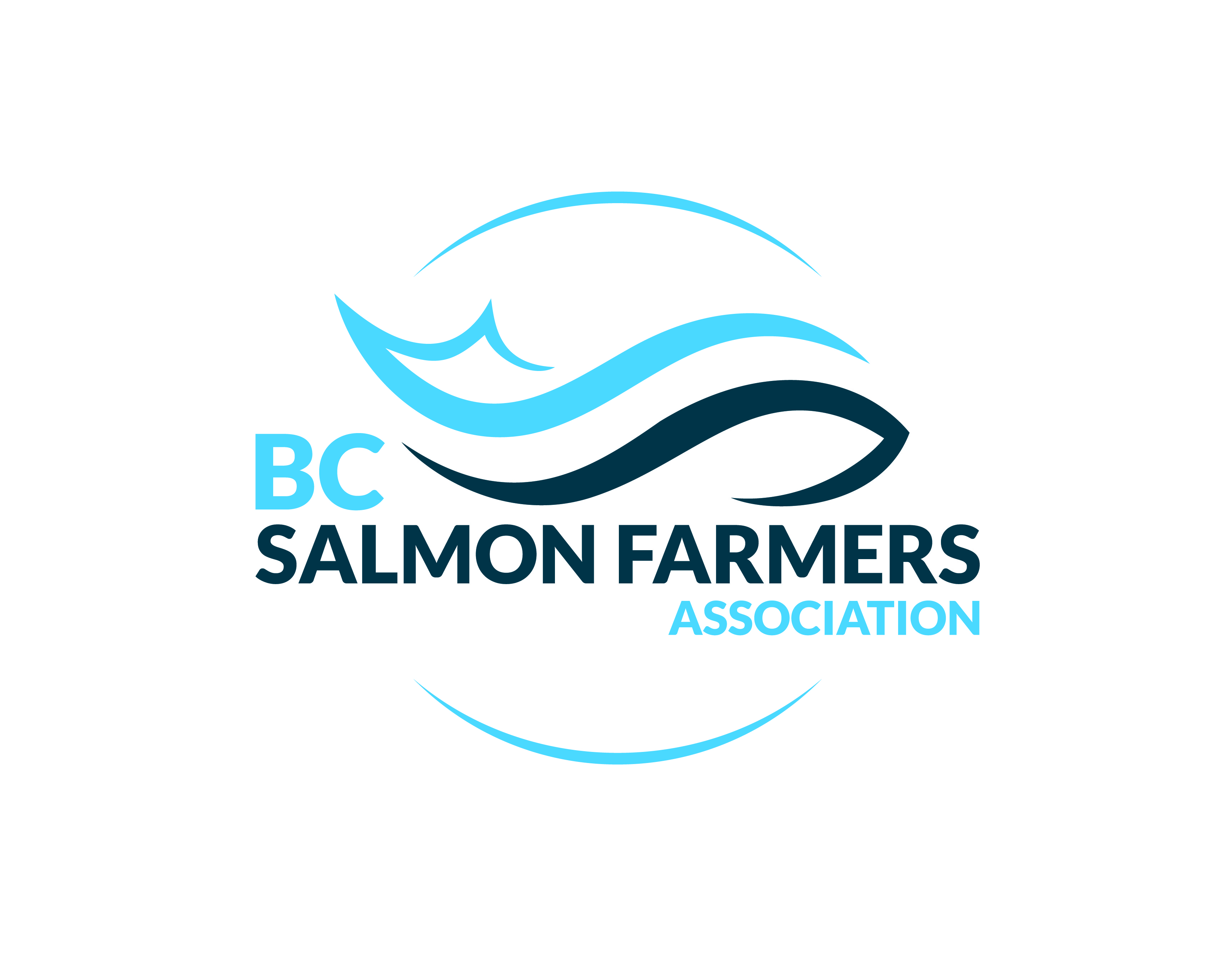To Conserve, Protect, and Eat Healthy

Since 1998, November 21st has been recognized as World Fisheries day. For the past 18 years the discussion on this globally important day has focused on a simple question: how to feed fish to a growing global population while protecting the health of aquatic ecosystems and fish populations.
Fish are the last wild species of animals on earth to be commercially hunted, but they are also increasingly recognized and sought after as a healthier source of animal protein. Fish now accounts for almost a third of the world’s dietary protein.
Sadly the global appetite for fish has not been matched by commitment to conserving the habitats and stocks necessary for sustained harvest.
A recent study by the United Nations reported that more than two-thirds of the world’s fisheries have been overfished, or are fully harvested, and more than one-third are in a state of decline because of factors such as the loss of essential fish habitats, pollution, and global warming.
Add in a projected two billion more people living on the planet in the next 15 to 20 years, a rapidly expanding global middle class in search of quality protein, and recommendations from world governments – including Health Canada – for people to eat more seafood, and the equation is not in favour of the hunted fish.
Part of the solution has been learning from terrestrial agriculture and simply farming fish. Over the past 30 to 40 years, in both the developed and developing worlds, aquaculture has become a vital part of the fisheries matrix. In fact, without the development of aquaculture, many wild species would have been fished out years ago. But as with all farming there are environmental costs.
It’s clear we need aquaculture, but it is also clear we urgently need it to be increasingly sustainable. The good news, is that there is both increasing commitment and increasing know how to do just that.
Each aquaculture sector has its particular challenges. For salmon farming, the biggest challenge has been the inefficient use of small oily fish such as sardine and anchovies, to include in fish feeds. This has been a pressure on the health of these fish stocks. However we are turning a corner in solving this problem. Developments in non-marine feed ingredients over the past five years, and further advancements that are extremely close to commercialization, are providing a bright future. While maintaining a focus on delivering consumers the highest levels of heart healthy Omega-3 fatty acids of any protein source, in salmon aquaculture for example, feed today contains less than 18% marine ingredients, with the remainder coming from terrestrial animal and plant sources.
This is a dramatic improvement but it is not all. Feeding practices and technologies have also improved on salmon farms, resulting in a higher conversion of valuable aqua-feed into consumable fish for harvest. Today farmers in B.C. and other parts of the world are seeing ratios of 1.3kg of feed producing 1kg of harvested salmon. The comparative number for beef for example is 7.5kg of feed to increase the weight of the animal by 1kg.
There are other problems to be addressed and the industry is making progress on them through the same combination of commitment and innovation.
This matters. Sustainable food production is the single largest environmental challenge we face. Whether we think of climate change, conservation of ecosystems or clean air and water, changing approaches to feeding ourselves is at very centre of our environmental challenges and needs to be a central focus addressing those challenges.
By practicing sustainable aquaculture in our oceans, we can realize other benefits above the surface. Humanity can grow a food source that is highly recommended by health professionals, cut greenhouse gas emissions because raising marine animals has a significantly lower carbon footprint than raising any animal on land, and reduce the pressure on land development - ideally reducing deforestation.
Salmon aquaculture is a young industry and far from resisting change. As it rapidly evolves to meet the challenges of sustainability, while responding to the growing demand, it is an essential piece of the puzzle of how to feed fish to a hungry global population. On world fisheries day lets celebrate the progress that has been made and cheer the industry on to accelerate its transformation.

